Personalising Upper Face Botox to your patient
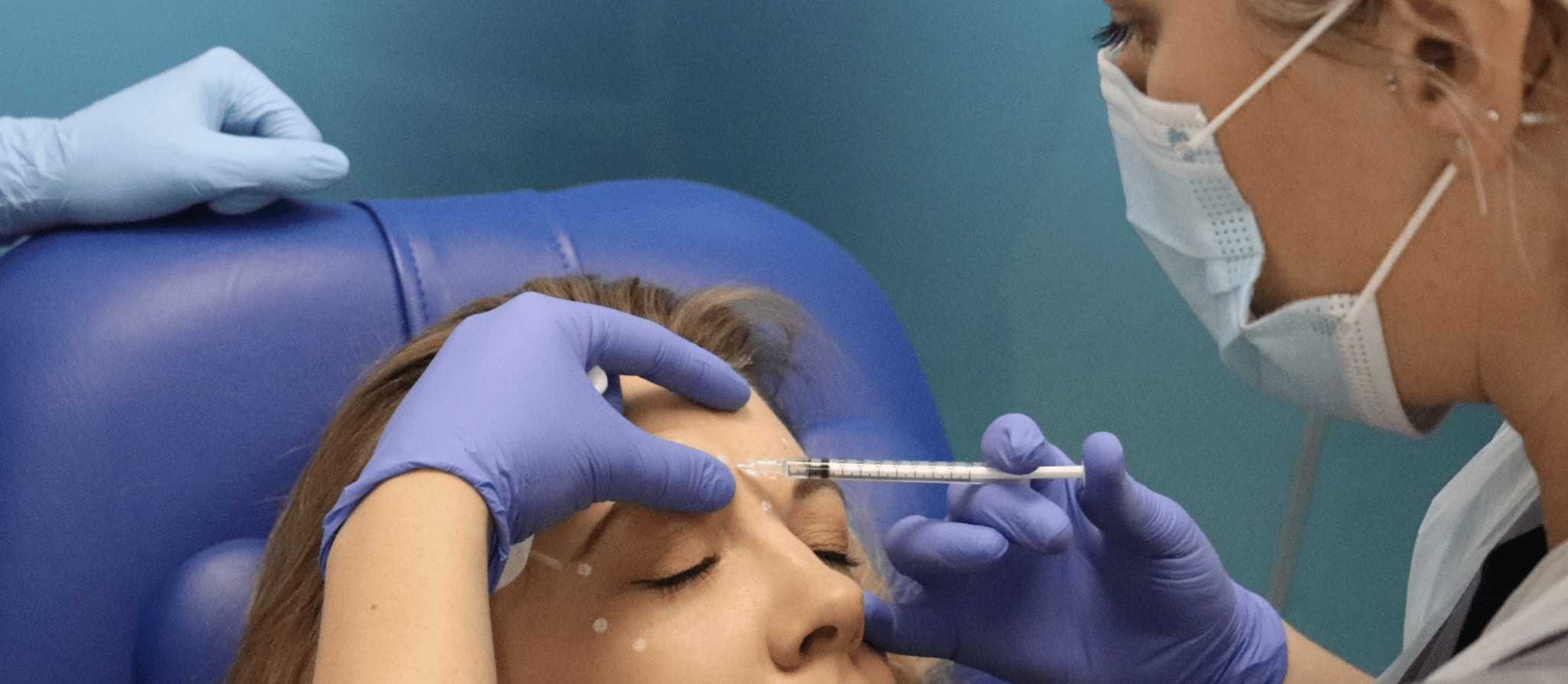
True aesthetic specialists understand personalising upper face botox treatments for each patient.
Customising injectables to every individual’s unique requirements is a widely understood aesthetic skill. However, many new injectors mistakenly believe this only applies to filler treatments.
Dr Kalpna Pindolia is an experienced facial aesthetics expert and director of education at Harley Academy. We asked for her advice on why and how aesthetics practitioners should personalise upper face botox...
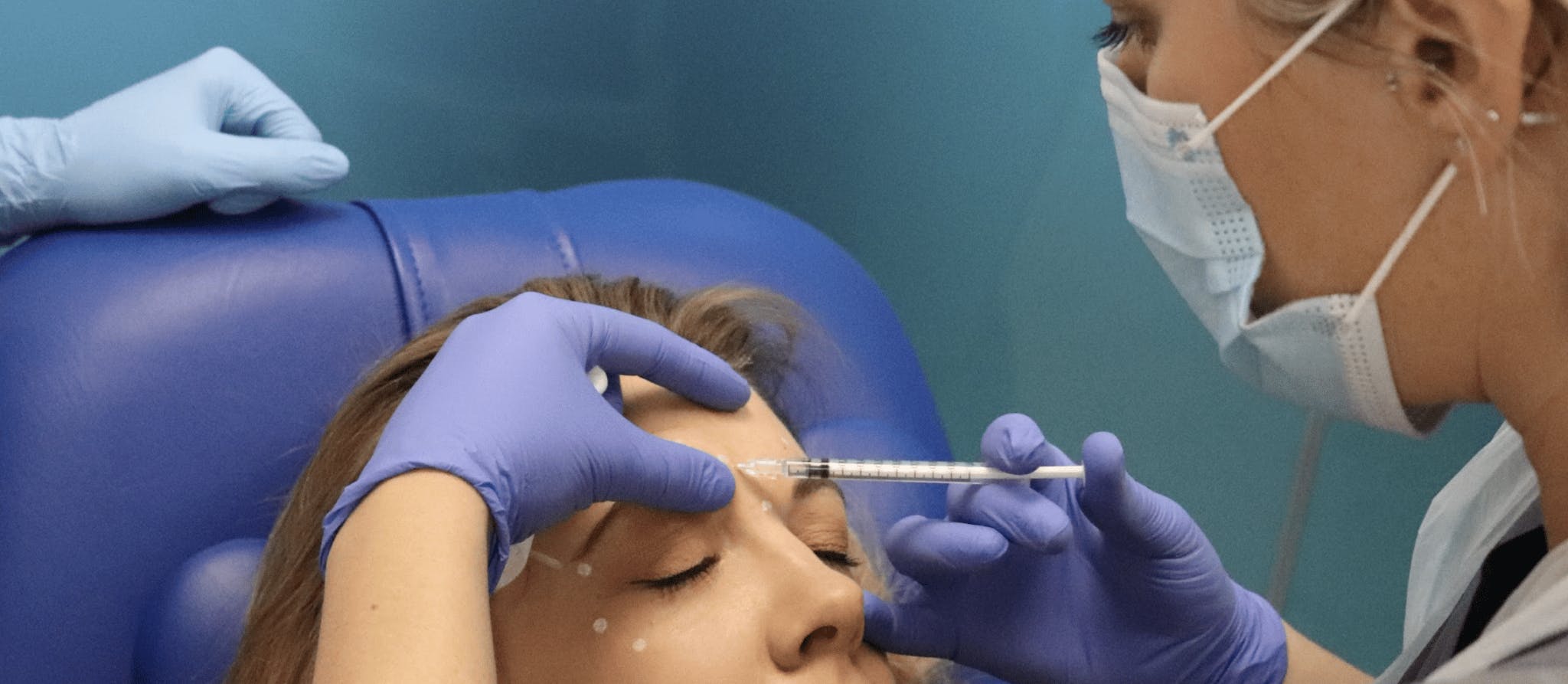
WHY SHOULD INJECTORS BE PERSONALISING UPPER FACE BOTOX IN TERMS OF INJECTION SITES AND DOSES?
“We all learn how to use botulinum toxin using standard manufacturer’s guidance when we first start treating,” notes Dr Kal. “Instructions may vary a little depending on the product but generally, using the standard protocols will translate into good, safe outcomes.”
“However, as you see more patients, you will see varying expectations from treatment and anatomical variations from the standard,” she adds. “As such, you’ll want to adapt your approach to personalising upper face botox for your patients. This allows you to provide outstanding bespoke results while staying within the realms of safe treatment zones.
“For example, if a patient requests a “brow lift”, a mild, indirect one can be achieved by reduced toxin dosage of the lateral frontalis. Another example is using the M shape pattern of frontalis, rather than a straight line. This can maintain or introduce a more arched eyebrow, whereas horizontal line treatment can flatten the eyebrow arch.”
WHEN ASSESSING PATIENTS, HOW DO AESTHETICS PRACTITIONERS TEST FOR MUSCLE STRENGTH?
“Muscle can be visualised and examined,” advises Dr Kal. “Strength may correlate with seeing muscle bulk and activity from rest to dynamic movement.”
“Muscle can also be palpated,” she reminds us. “This assesses static bulk and on movement, helping us to understand the limits of activity. A higher dose may be used where muscles are strong, if they are being targeted.”
WHAT IF MUSCLE STRENGTH IS SIGNIFICANTLY DIFFERENT ON ONE SIDE?
“If muscle strength is reduced on one side, you can use less toxin on that side to balance asymmetry,” explains Dr Kal. “Or you may choose to use more on the stronger side. The approach will depend on the goal of treatment. Bear in mind that symmetry cannot be guaranteed though, so it’s important to counsel the patient as to realistic expectations.”
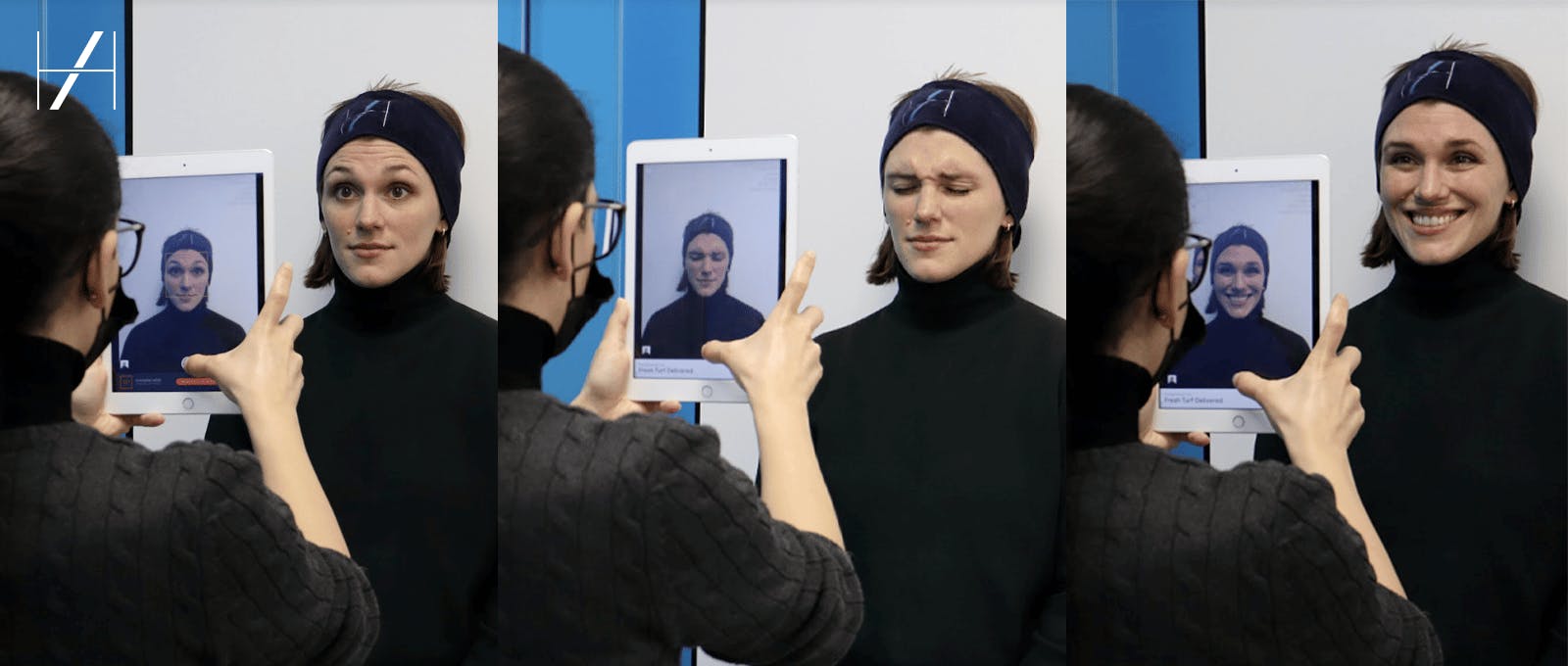
WHAT APPROACH SHOULD INJECTORS TAKE IF SOMEONE HAS A PARTICULARLY ANIMATED FACE?
Dr Kal says to remember that, “Animation is a good thing. Muscles move and express emotion, allowing us to connect to other human beings through non verbal communication.”
“However, patients may attend to reduce the lines produced on animation,” she says. “This is to stop them from becoming more permanently etched into the skin as they age. Often they want to prevent static lines from developing.”
“If a face is particularly animated and has strong muscles, you may need higher doses of toxin,” counsels Dr Kal. “In a first time patient, I recommend using the standardised dose and reviewing between 2-4 weeks. Use their outcome to gauge how much more to add at their review appointment.”
She adds, “Be mindful that adding too much to an animated, hyperdynamic frontalis could lead to brow ptosis as these patients are dependent on their frontalis to lift the eyebrows.”
HOW SHOULD INJECTORS TAILOR THE DOSING IF A PATIENT IS CONCERNED ABOUT HAVING A 'FROZEN FACE' OR SHINY FOREHEAD?
“These patients are usually presenting for their first treatment,” Dr Kal tells us. “They may benefit from lower doses; you can see if they need more at review.”
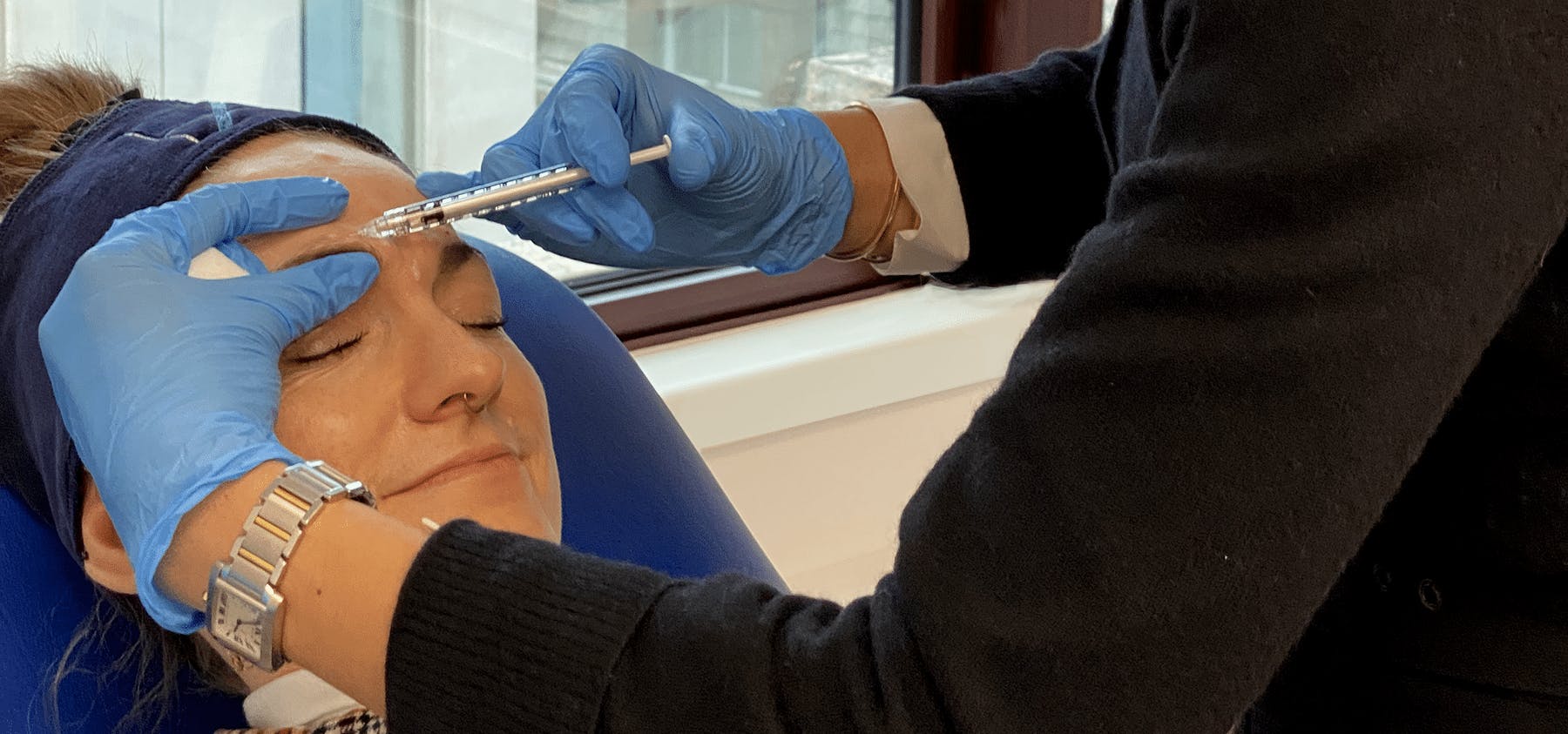
WHAT IS THE APPROACH IF THE PATIENT WANTS A MORE FROZEN LOOK?
“Bear in mind that a ‘frozen’ look may be considered an unnatural aesthetic. It’s also unlikely that a frozen forehead can be sustained for many weeks,” Dr Kal notes.
“You can use higher doses of toxin to achieve a more frozen look from upper face botox treatments. Just be aware that the higher the dosage used in the frontalis, the more likely downward descent of the brow and potential brow ptosis become.”
WHAT ARE THE ANATOMICAL AND SAFETY ISSUES INJECTORS MUST UNDERSTAND TO PROVIDE EFFECTIVE, PERSONALISED TOXIN TREATMENTS?
“You need to understand what the muscle does and the effect the toxin has,” confirms Dr Kal. “You also need to comprehend safe administration in terms of dose and depth of injection.”
She recommends you, “Master this first – you’ll become more experienced in how to personalise plans with practice. Do review your patients to see the outcomes of treatments so you can learn from them.”
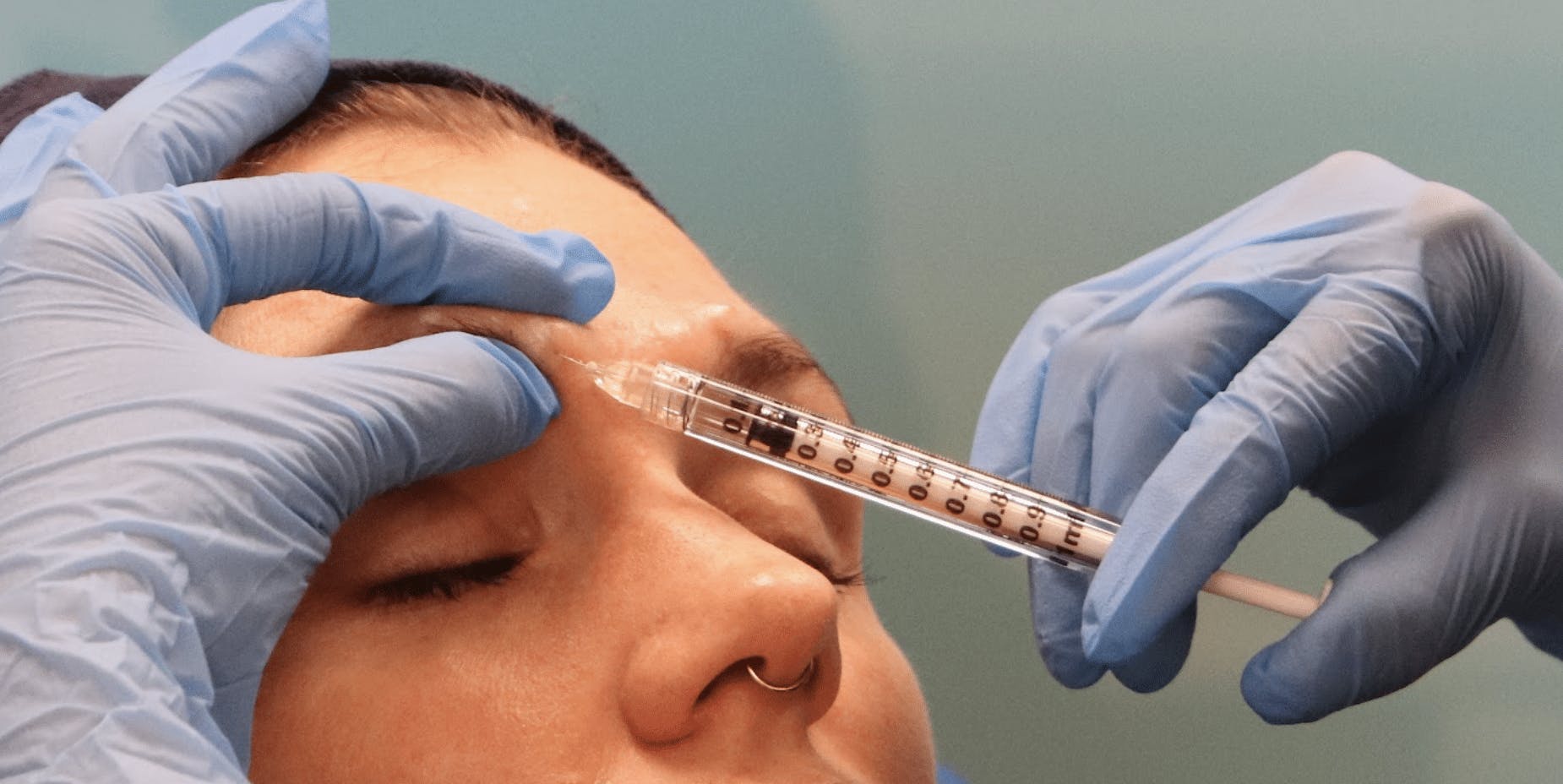
ANY TIPS FOR NEW INJECTORS TEND TO AVOID ERRORS WHEN PERSONALISING UPPER FACE BOTOX?
“Remember, you can always under-treat and add more toxin at 2-4 weeks,” instructs Dr Kal. “This is a safer approach than injecting high doses initially.”
She further endorses “getting to know frontalis anatomy well to prevent brow ptosis and keeping your lateral corrugator injections superficial to prevent eyelid ptosis.”
“Keep corrugator injections into the origin of the muscle, rather than creeping too far superiorly. This can catch frontalis fibres and cause medial brow ptosis.”
“Follow these steps and you should be fine, with results on the gradient of good-to-best outcomes,” says Dr Kal.
WHY IS IT BEST TO TREAT SMALL THEN ADD TOXIN AT FOLLOW UP, IF REQUIRED, ESPECIALLY WITH NEW PATIENTS?
“You cannot take toxin away,” states Dr Kal. “The patient may be left with displeasing results for a few weeks until it wears off, should things go wrong.”
“This is why it’s often best to treat conservatively at your first appointment. You can always add a botox top-up when seeing them for their 2-4 week review. This is a much better way of controlling outcomes,” she confirms.
WHAT DO YOU TELL TRAINEES WHO ARE FEARFUL OF PERSONALISING BOTOX TREATMENTS?
“There can certainly be fear associated with personalising treatments. I often see it with students in mentoring,” corroborates Dr Kal.
She advises, “It may feel like you cannot get it right as each patient has a differently ‘tweaked’ treatment. To overcome this, always learn about their rationale for treatment, rather than focusing on a ‘paint by numbers’ pattern or approach.”
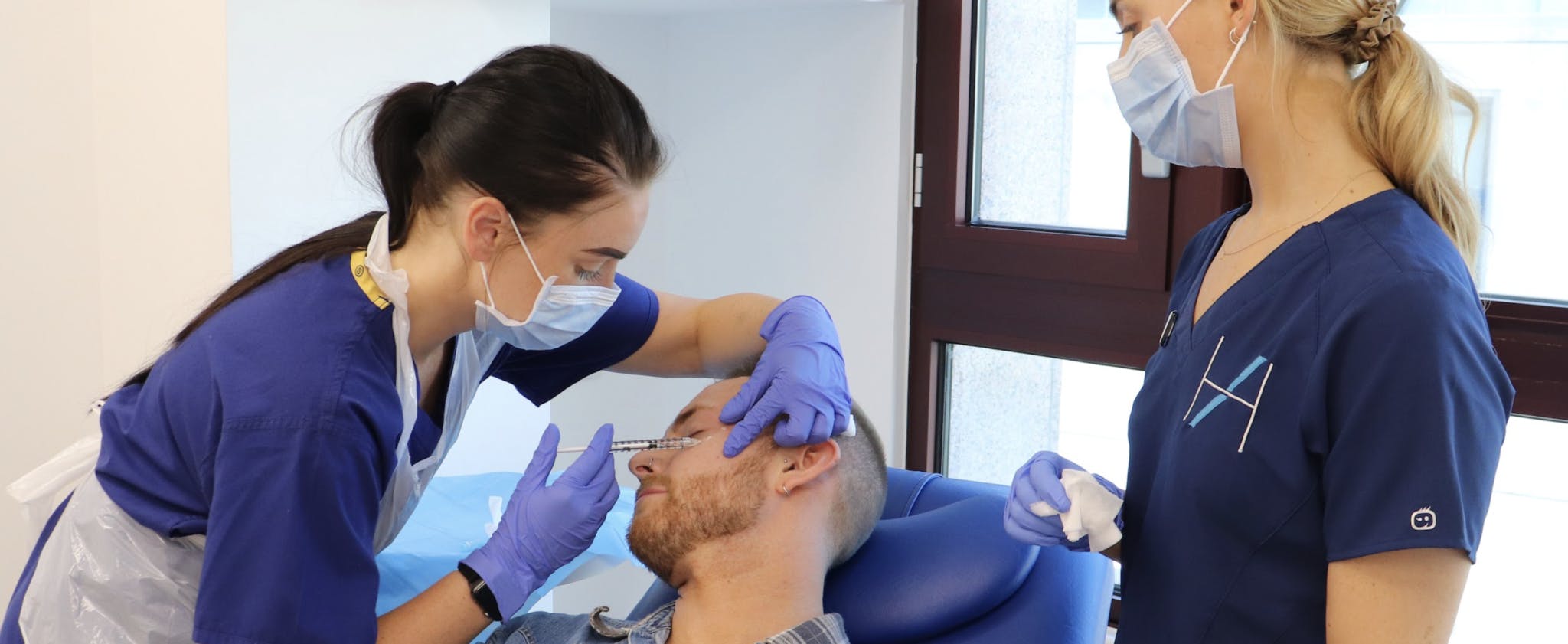
FIND THE BEST BOTOX TRAINING COURSE FOR YOU
If you’re a doctor, dentist, nurse or midwife looking for botox training, we offer a range of courses. These are tailored to your level of expertise in aesthetic medicine and cover beginners up to our industry-leading, Ofqual-regulated Level 7 Diploma in Botox & Dermal Fillers.
You can find out more about our various options in the Injectables Courses section of our website. However, you may find it easier to discuss your requirements with our courses advisor, Christine, so you can have all your questions answered at once.
Whether you’re a newcomer or are wanting to prepare for the forthcoming UK aesthetics regulatory changes by formalising your experience with a dedicated injectables qualification, we’d love to welcome you aboard and set you on the path to becoming #HarleyTrained!
All information correct at the time of publication
Download our full prospectus
Browse all our injectables, dermal fillers and cosmetic dermatology courses in one document
By submitting this form, you agree to receive marketing about our products, events, promotions and exclusive content. Consent is not a condition of purchase, and no purchase is necessary. Message frequency varies. View our Privacy Policy and Terms & Conditions
Attend our FREE open evening
If you're not sure which course is right for you, let us help
Join us online or in-person at our free open evening to learn more
Our Partners






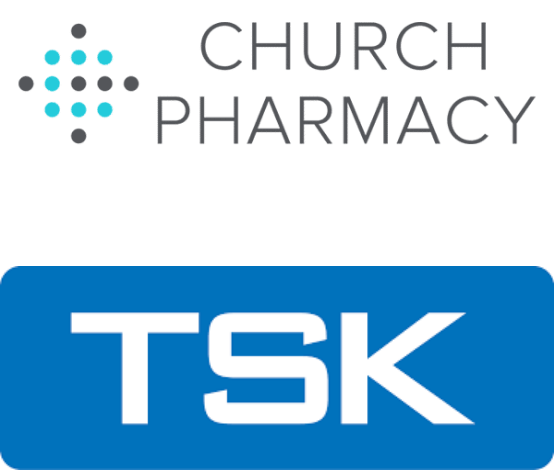
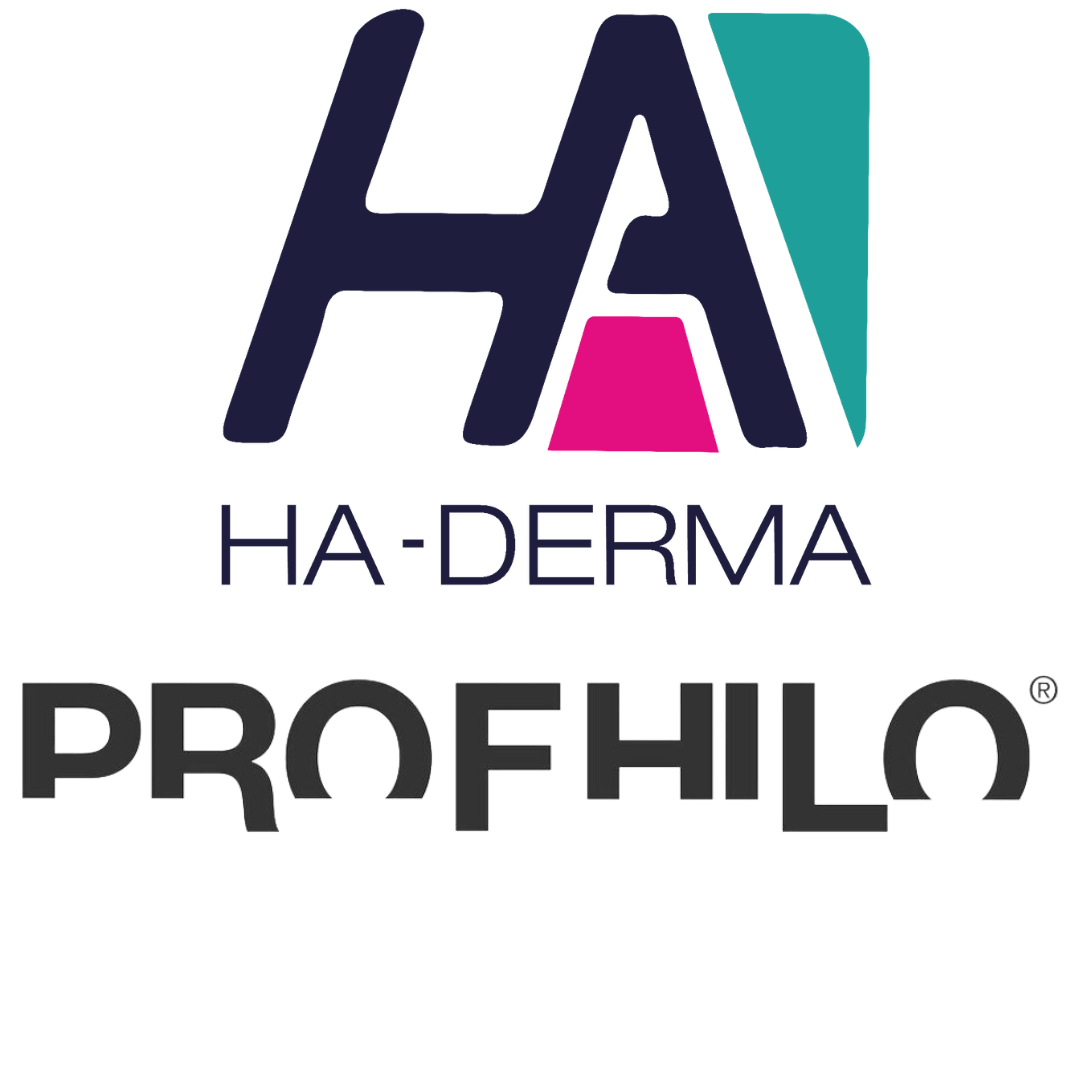
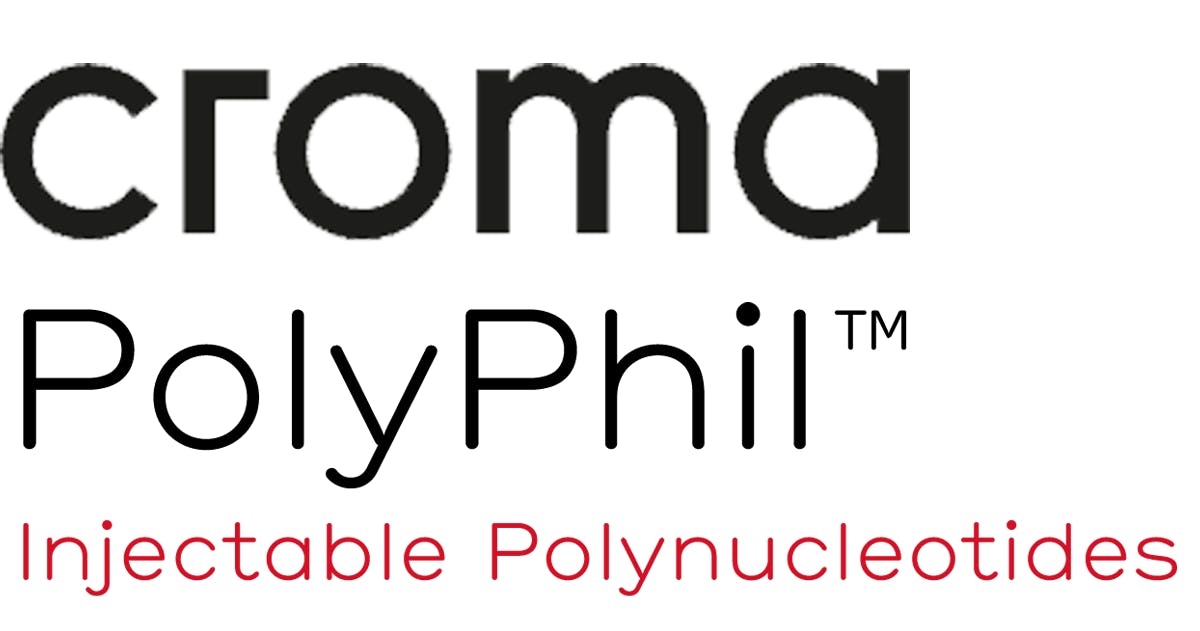

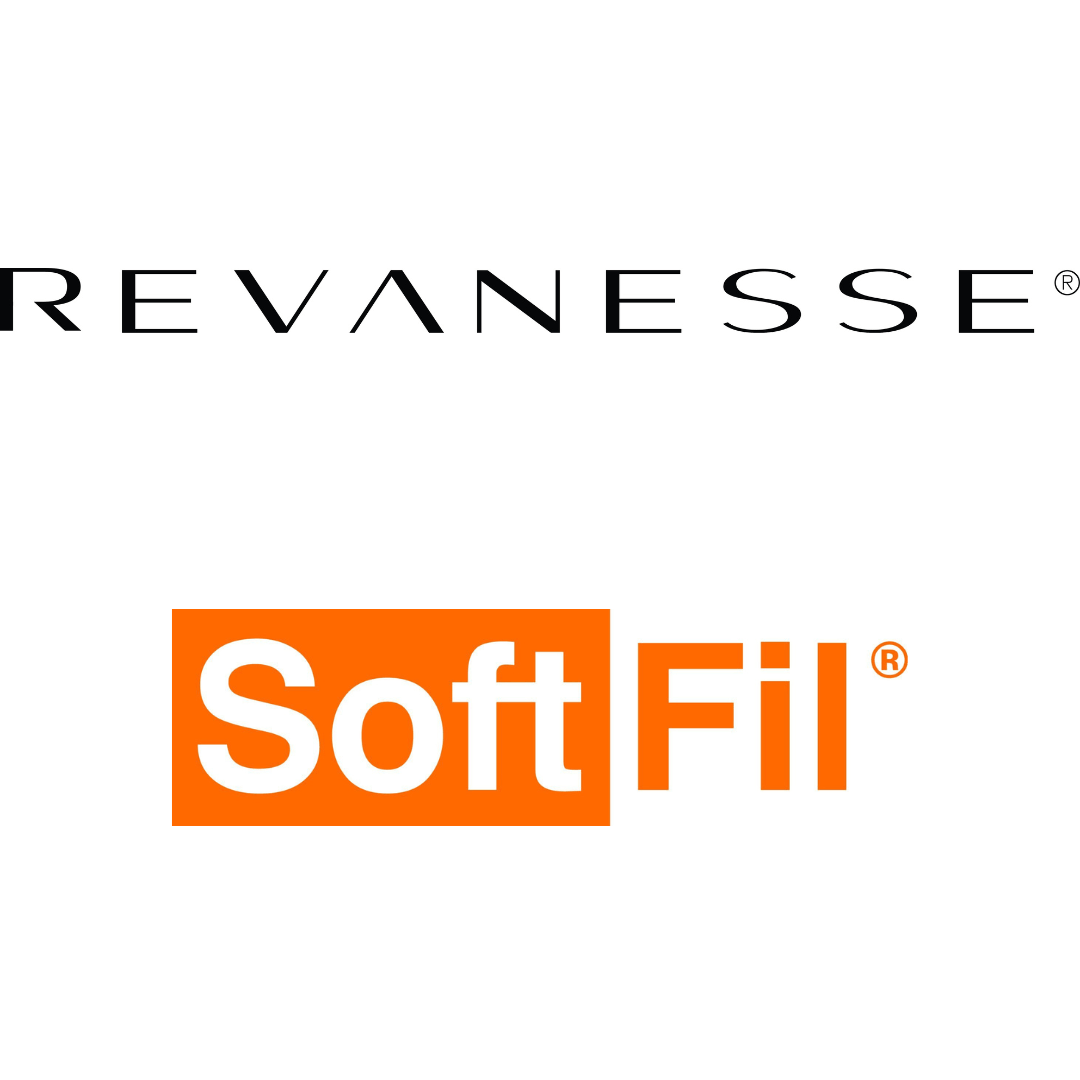

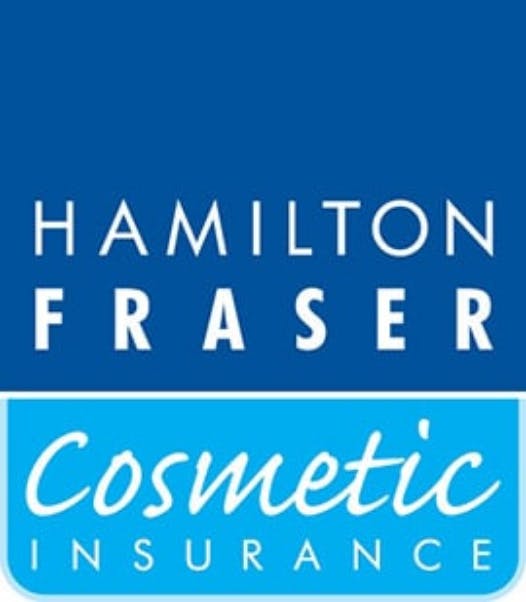
STAY INFORMED
Sign up to receive industry news, careers advice, special offers and information on Harley Academy courses and services

